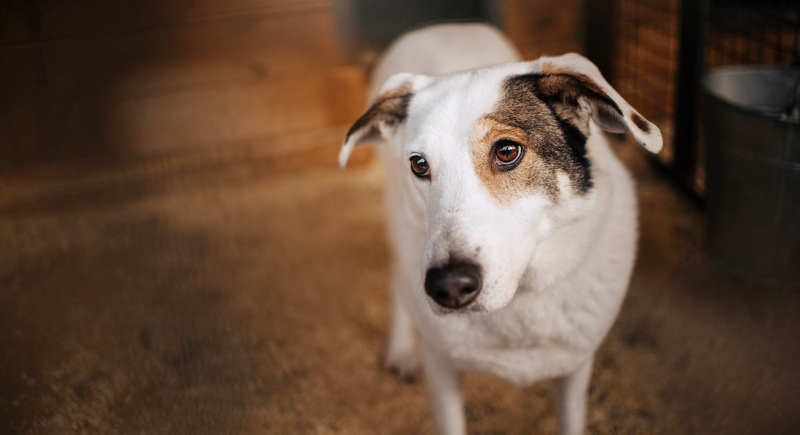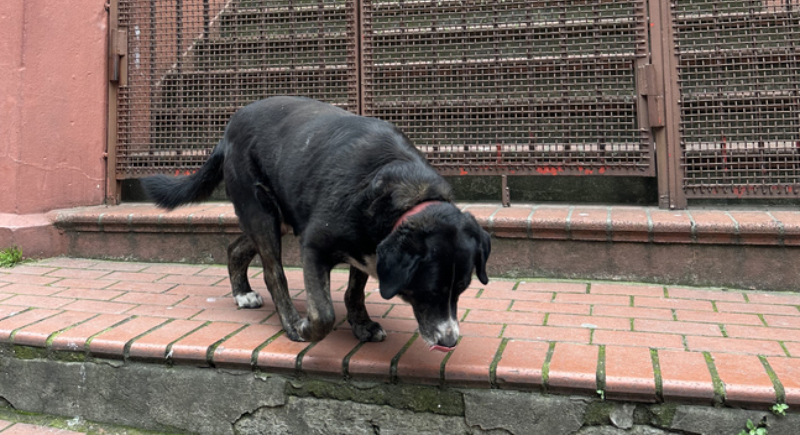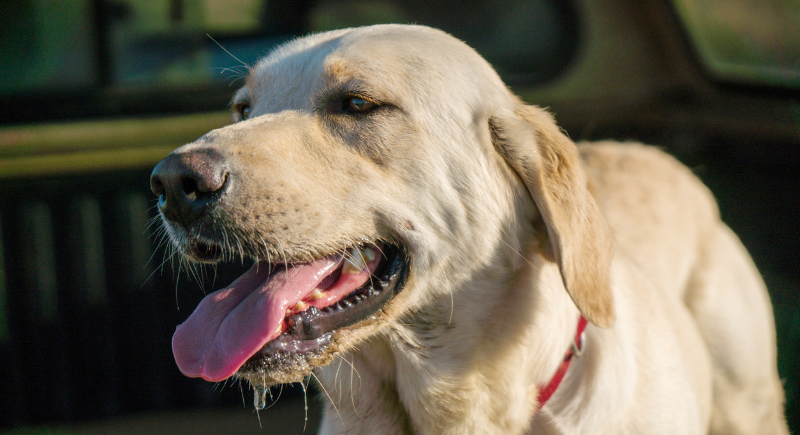10 Subtle Signs Your Dog May Be Nearing the End of Its Life
Watching an older pup slow down can feel heavy, but staying ahead of the situation helps you support them with comfort and care. These signs aren’t guarantees of what’s ahead. Still, they give insight into how your buddy feels. With a little patience and a close eye, you’ll recognize changes early and know how to deal with them accordingly.
Longer Naps

Credit: pexels
Older dogs often sleep most of the day. They still perk up for mealtime or a walk, but those moments don’t last long. Sleep is how their bodies save what little energy they have.
Pale Gums And Cool Paws

Credit: iStockphoto
Healthy gums are usually pink. When gums look pale or whitish, it can mean the heart and circulation aren’t working well. You may also notice the paws feel colder than usual. Many owners spot this only when their dog is resting close by.
Restless Behavior

Credit: iStockphoto
Instead of snoozing peacefully, an older dog might shuffle around as though searching for the right spot that never appears. The body can feel unsettled in its own skin. This constant repositioning can also spill into nighttime.
Wobbly Steps

Credit: iStockphoto
Weakened muscles and misfiring nerve signals can make simple walks look like obstacle courses. Dogs sometimes spread their legs wide to stay upright or misjudge where to place a paw, which is a sign of the body’s balance system losing its edge.
Cloudy Eyes

Credit: iStockphoto
An older dog’s eyes may lose their clear look and take on a bluish haze or cloudy film. Cataracts are one possible cause, but other age-related changes can also cause this. If your dog seems unsure in dim light or hesitates when moving around, the cloudiness could be affecting his vision.
Strange Odors

Credit: iStockphoto
Dogs naturally have their own scent, but a sudden change can be a warning sign. A sour tang, a metallic smell, or an unusually strong “doggy” odor may come from illness, often linked to the liver, kidneys, or other organs that aren’t working as well as they should.
Trouble Regulating Temperature

Credit: iStockphoto
As dogs age, their ability to control body temperature weakens. A warm day that feels comfortable to you might leave them panting heavily, while a cool evening can bring on shivers. Circulation changes and shifting hormone levels make their “internal thermostat” less reliable.
Seeking Solitude

Credit: iStockphoto
A dog that once stayed by your side may begin slipping away to quiet spots. This change can simply mean they find it easier to rest away from noise and activity. You might notice them napping under a table, behind the couch, or in corners they never used before.
Confusion Spells

Credit: iStockphoto
Similar to dementia in people, canine cognitive decline blurs memory and recognition. You may spot them wandering into the wrong room or staring blankly at a wall. Sometimes, dogs even pace through the night or seem unsure of familiar people.
More Bad Days Than Good

Credit: iStockphoto
The best way to understand your dog’s well-being is to notice how often it seems comfortable. A few off days are normal, but if the hard days start to outnumber the good ones, it may point to a decline in quality of life. Veterinarians often suggest keeping a journal to track patterns.